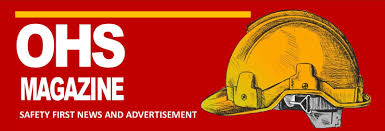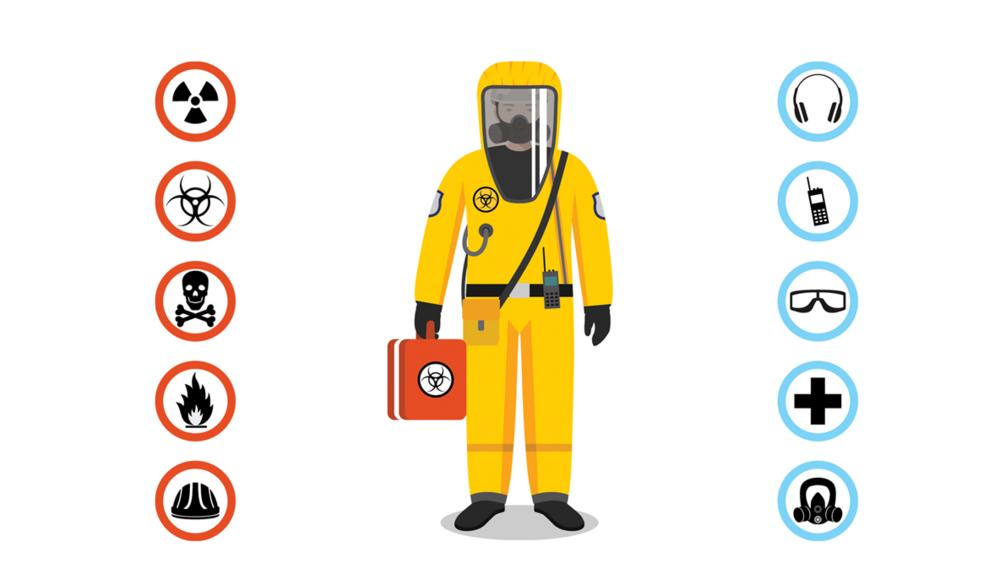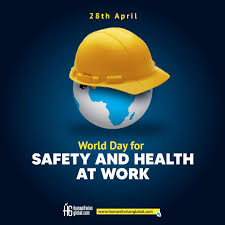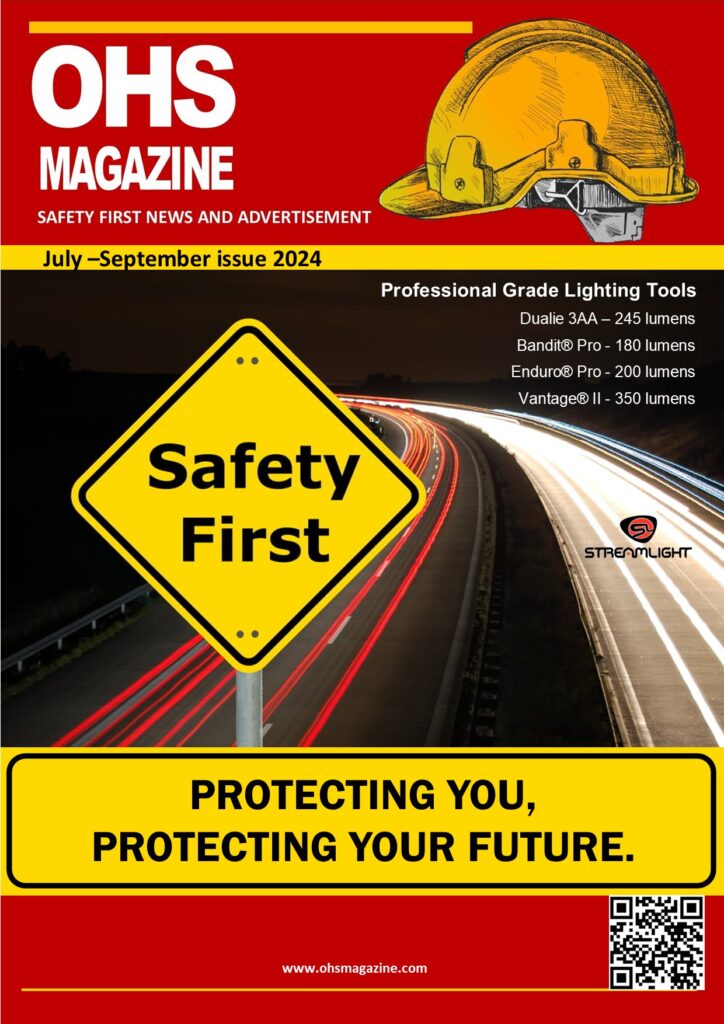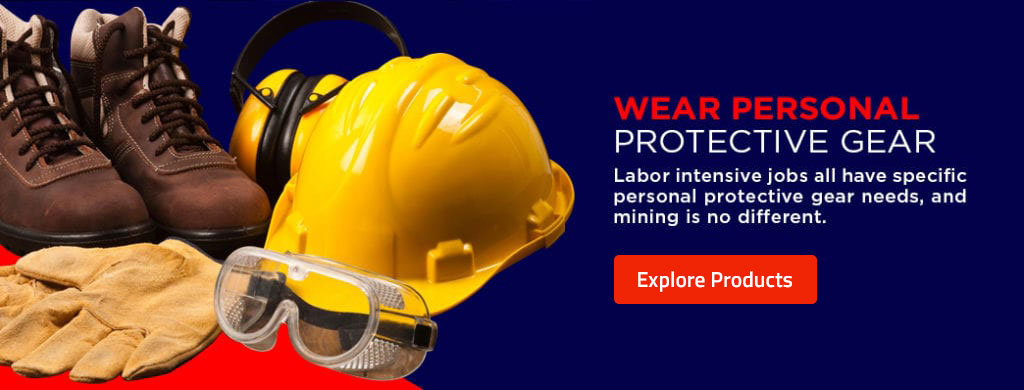Workplace Hazard Identification and Risk Assessment. Occupational Health and Safety (OHS) is a critical aspect of ensuring that workers are protected from harm in the workplace. One of the foundational components of OHS practice is workplace hazard identification and risk assessment. For students pursuing a career in OHS, mastering these skills is essential, as they are key to preventing accidents, injuries, and illnesses. This article explores the methodologies for identifying hazards, assessing risks, and implementing effective risk mitigation strategies, offering valuable insights for students in the field.
Understanding Workplace Hazards
Before diving into the risk assessment process, it’s important to understand what constitutes a workplace hazard. A hazard is any source of potential harm, damage, or adverse health effect to individuals in the workplace. These hazards can take many forms, ranging from physical and chemical to ergonomic and psychosocial risks.
Some common types of workplace hazards include:
- Physical Hazards: These are environmental factors that can cause harm, such as noise, radiation, and machinery.
- Chemical Hazards: These involve substances like toxic chemicals, fumes, and vapors that can cause burns, poisoning, or respiratory issues.
- Biological Hazards: These include bacteria, viruses, fungi, and other pathogens that could cause illness.
- Ergonomic Hazards: These are associated with improper workstation design or repetitive tasks that can lead to musculoskeletal injuries.
- Psychosocial Hazards: These involve stress, harassment, or a lack of support that can affect mental health.
The Importance of Risk Assessment
Risk assessment is the process of identifying the potential hazards in the workplace, evaluating the likelihood of these hazards causing harm, and determining the severity of their impact. By understanding the risks, OHS professionals can prioritize actions to prevent or mitigate potential harm to workers. This systematic approach helps organizations comply with safety regulations, reduce accidents, and improve overall workplace safety.
Risk assessment also involves two key steps: likelihood and severity.
- Likelihood refers to the probability that a hazard will result in harm (e.g., a spill of hazardous chemicals).
- Severity measures the potential impact or harm if the hazard does occur (e.g., a serious chemical burn or respiratory illness).
Methodologies for Hazard Identification
Hazard identification is the first step in a risk assessment process. Several methodologies can be used by OHS professionals to identify hazards in the workplace:
- Workplace Inspections: Regular inspections of the workplace allow OHS professionals to identify potential hazards by physically observing the environment. These inspections should cover all areas, including common workspaces, machinery, storage areas, and office spaces. The goal is to identify any existing hazards before they cause harm.
- Job Safety Analysis (JSA): A JSA involves breaking down specific tasks to identify potential hazards at each step. By evaluating how tasks are performed, OHS professionals can pinpoint where accidents are most likely to occur and implement controls to mitigate them.
- Hazard and Operability Study (HAZOP): HAZOP is a systematic technique commonly used in industries like manufacturing or chemical processing. It involves identifying hazards by analyzing potential deviations from standard operating procedures and evaluating how these deviations might result in harm.
- Safety Audits: Safety audits involve reviewing existing safety policies and procedures to identify gaps or areas for improvement. These audits may involve interviews, surveys, and document reviews, providing an overview of workplace safety practices.
- Employee Feedback and Reporting: Employees often have first-hand knowledge of hazards that may not be immediately visible to managers. Encouraging workers to report hazards and unsafe conditions helps identify potential risks that might otherwise be overlooked.
Risk Assessment Strategies
Once hazards have been identified, OHS professionals must assess the risks associated with each hazard. There are several tools and frameworks to help evaluate risks:
- Risk Matrix: A risk matrix is a common tool used to assess the likelihood and severity of risks. The matrix helps classify risks based on their potential impact, from low to high. This allows OHS professionals to prioritize risks and allocate resources accordingly.
- Qualitative Risk Assessment: This method uses expert judgment and experience to assess risks. It may involve discussions or brainstorming sessions to evaluate hazards and potential risks. While this approach can be subjective, it is useful in the early stages of risk assessment.
- Quantitative Risk Assessment: In more complex scenarios, a quantitative risk assessment uses numerical data (e.g., accident rates, exposure levels) to calculate the likelihood and severity of risks. This approach is more precise and can provide specific, data-driven recommendations for mitigating risks.
- Risk Control Hierarchy: The hierarchy of controls is an essential concept for students in OHS courses. It prioritizes risk control measures, from the most effective to the least effective:
- Elimination: Remove the hazard entirely from the workplace.
- Substitution: Replace the hazard with something less dangerous.
- Engineering Controls: Modify equipment or processes to reduce risk (e.g., installing guards on machinery).
- Administrative Controls: Change work procedures or policies to reduce exposure (e.g., rotating workers to reduce fatigue).
- Personal Protective Equipment (PPE): Use PPE as a last line of defense when other controls are not feasible.
Risk Mitigation Strategies
Once a risk assessment is complete, the next step is implementing mitigation strategies to prevent accidents and minimize exposure. These strategies should focus on eliminating or reducing risks to acceptable levels.
- Training and Education: Providing proper training to workers is critical for maintaining a safe work environment. Workers must understand the hazards they may face and know how to protect themselves.
- Safety Equipment: Providing appropriate PPE (such as helmets, gloves, goggles, and hearing protection) is essential for mitigating specific risks. Ensuring workers use PPE correctly can prevent many injuries.
- Process Improvement: Streamlining or modifying work processes can reduce the chances of an accident occurring. This may involve implementing automation or redesigning workflows to minimize human error.
- Regular Monitoring and Review: OHS professionals must continually monitor the workplace to ensure that risk mitigation strategies remain effective. Regular reviews and updates to safety protocols are necessary as new hazards emerge and regulations change.
Conclusion
For students pursuing careers in Occupational Health and Safety, understanding workplace hazard identification and risk assessment is vital. By learning to identify hazards, assess risks, and implement mitigation strategies, students will be well-equipped to make meaningful contributions to workplace safety. Through methods such as safety audits, job safety analyses, and risk assessments, OHS professionals play a key role in preventing accidents, protecting workers, and ensuring that workplaces remain safe and compliant with industry regulations. With these skills, students will be able to promote a culture of safety that helps reduce workplace injuries and fosters a healthy, productive workforce.
